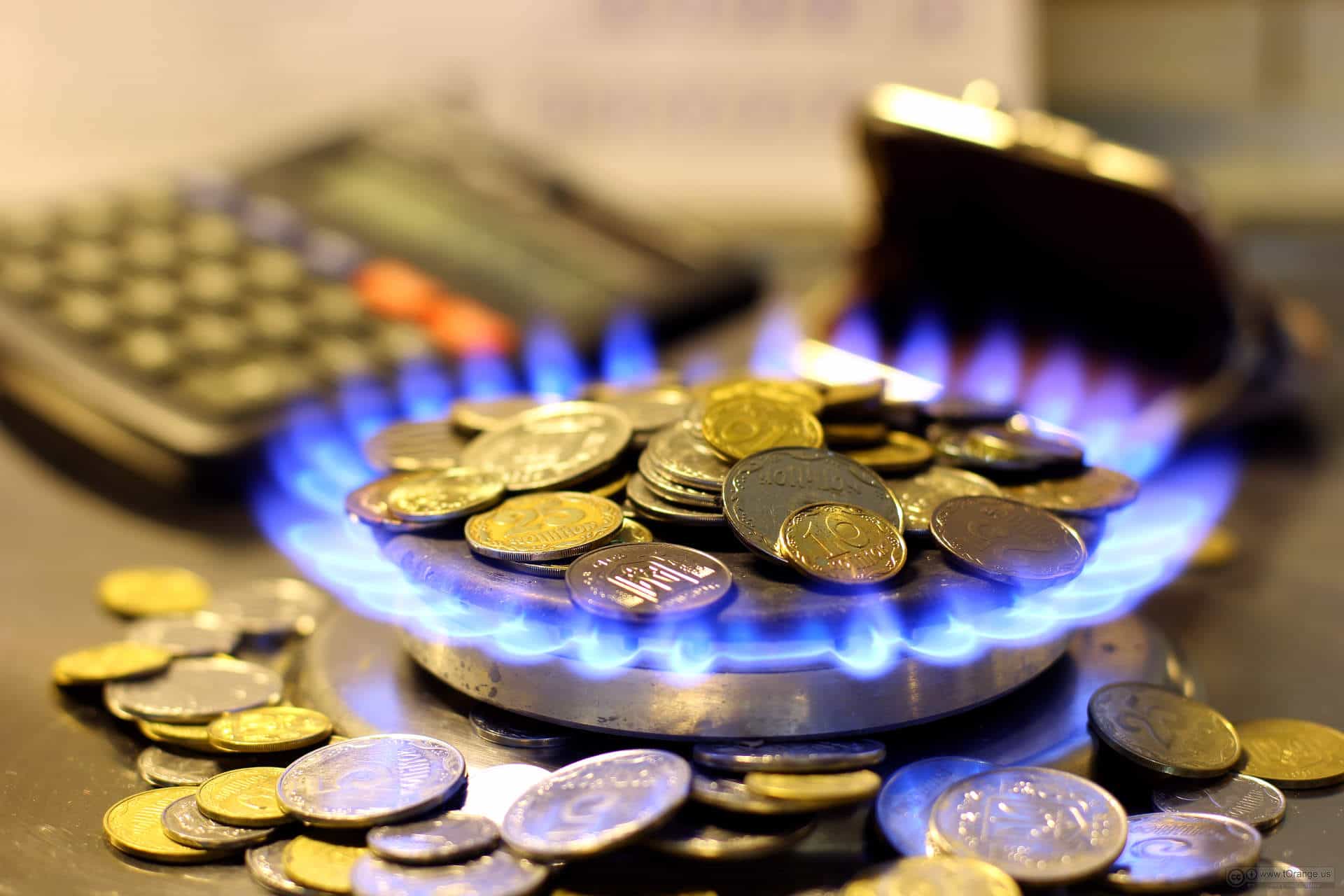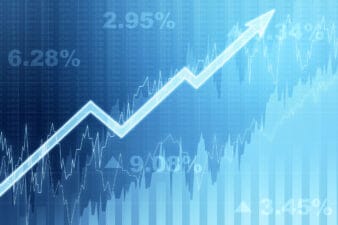It has been a year of headwinds for many energy companies. On November 16, 20 countries, including Canada, stated they would phase out coal-fired power by 2030. The next day, Norway announced it plans to sell off US$35 billion from its oil and natural gas stocks.
There is a middle ground between current fossil fuel use and a future where dependence is considerably lower. Natural gas is still a key fuel source. According to Statistics Canada, 47% of homes use natural gas to heat homes or hot water tanks. This article focuses on two companies that heat the home: Enbridge Inc. (TSX:ENB)(NYSE:ENB) and Enercare Inc. (TSX:ECI).
| Company | Market cap ($ billion) | Share price ($) | Earnings per share (EPS) | Price-to-earnings ratio (P/E) (estimate) |
| Enbridge Inc. | 74 | 45.95 | $1.60 to 1.93 | 23.3 to 28.7 |
| Enercare Inc. | 2.1 | 20.20 | $0.62 | 32.5 |
Information based on company annual reports and share values from November 21, 2017.
Tailwinds for Enercare
Repeat customers are a solid source of revenue for Enercare in the form people paying fees for water heaters, water treatment, furnaces, air conditioners, and other HVAC equipment rentals. How often do people switch service contracts for their water heaters? It’s got to be less often than switching phone providers, right? This is sort of inverse customer loyalty, but the net effect is the same. Enercare capitalizes on this, as it tends to increase service fees slightly higher than inflation, which sustains cash inflows. Service contracts account for ~52% of Enercare’s revenue.
Revenue has been growing at an impressive pace. Since Q3 2014, revenue has increased annually by ~45-50% from $96 million to the current $325 million.
The price-to-sales ratio (P/S) is currently 1.7 — a five year low for this company. Enercare’s low price relative to sales is very competitive for this sector, although it is worth mentioning that Enbridge tends to do better on this P/S metric.
Enercare cut its dividend in 2009 after the Financial Crisis, but it has systematically increased the yield with each consecutive year. The dividend payout in Q3 2017 was 84%, which suggests the dividend rate is sustainable.
Enercare is piloting a mobile app to remotely control the home and improve energy utilization. Customers will come around to a tech option if it cuts their bills!
Considerations for Enbridge
The stock has risen fast in the last few days, staunchly refusing to test a strong support level of $40 per share. Insiders have bought and sold their Enbridge shares in the mid-40s. Watch carefully and see if this stock will continue to run up after a woeful year.
It has been two quarters with Spectra on Enbridge’s books (a massive acquisition initiated in 2016), enough time for efficiencies to start affecting the bottom line. Ergo, sentiment is picking up when acquisition bumps are seen from the rear-view mirror.
If estimates hold true, EPS are expected to rise to $2.40 in 2018 — a resounding 24% increase from estimates in 2017.
Take home
The downward movement of these two stock prices has been more dramatic for Enbridge, pushing the dividend up over 5% and the forward P/E to historic lows. Enbridge’s big bounce off $44 per share is a sign of good momentum. Both stocks are solid long-term holdings, but Enbridge gets the nod over Enercare.









